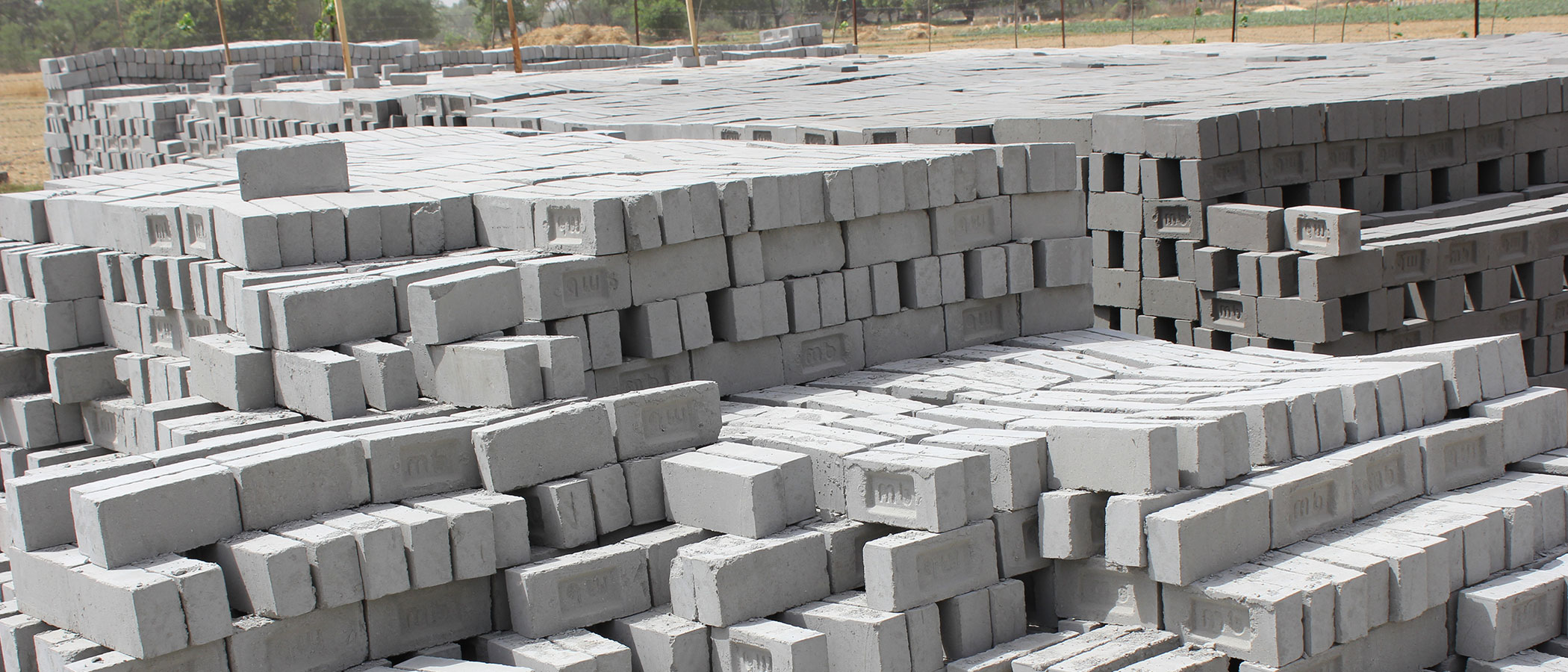Alternative Cement
Below is all the information about the project: Alternative Cement

Cement production is a major contributor to greenhouse gas emissions, with portland cement being the most common form. The process of making portland cement releases significant amounts of carbon dioxide, primarily from the breakdown of limestone in kilns and from energy use. Project Drawdown’s Alternative Cement solution aims to reduce these emissions by making the production of clinker, a key intermediate product, more efficient and reducing its proportion in cement. This can be achieved by substituting clinker with alternative materials like fly ash, slag, and natural pozzolans, while also improving the energy efficiency of kilns. Clinker substitution could potentially avoid up to 440 million metric tons of carbon dioxide emissions annually, but its success depends on standards, demand, and availability of alternatives.
Impact:
Cement is the second-most-used substance in the world after water, and cement production is a significant source of greenhouse gas emissions. Substituting materials such as volcanic ash, certain clays, finely ground limestone, ground bottle glass, or industrial waste products for conventional inputs can reduce the carbon footprint of cement by 7.70 to 15.56 gigatons between 2020 and 2050.
More Information:
https://drawdown.org/solutions/alternative-cementBrewing Quote...